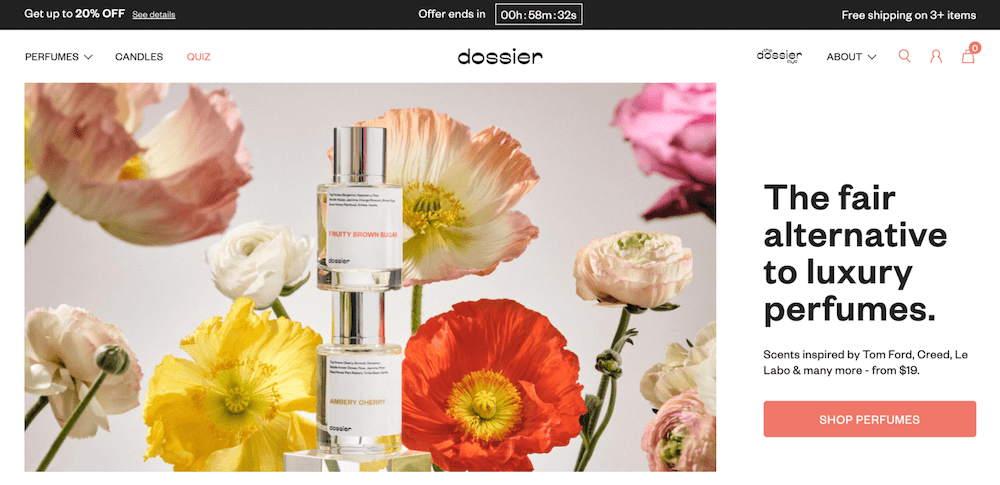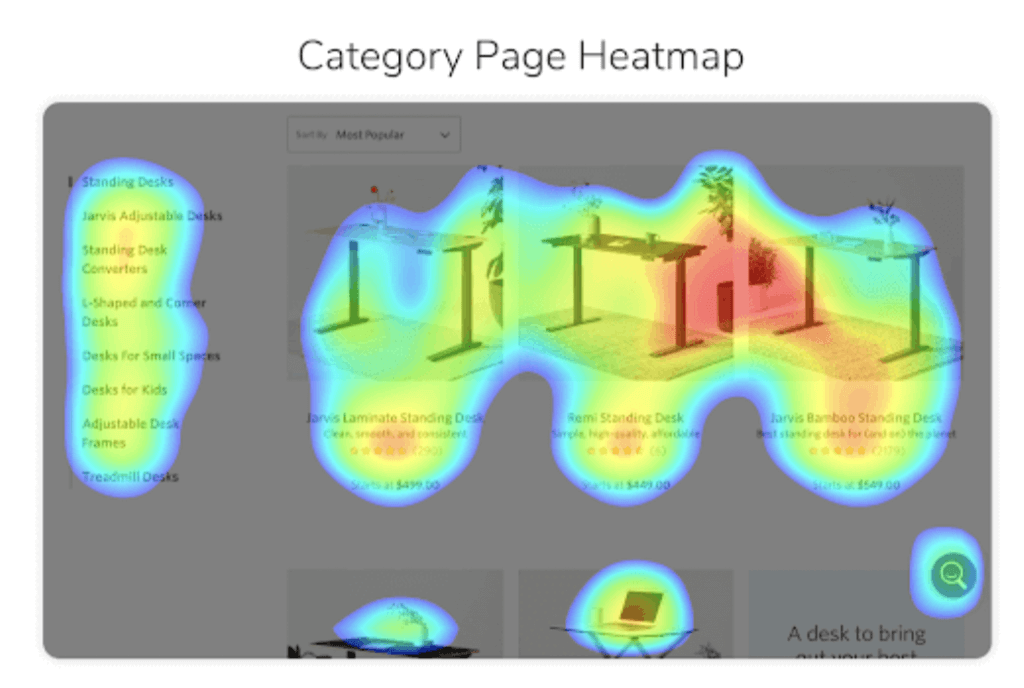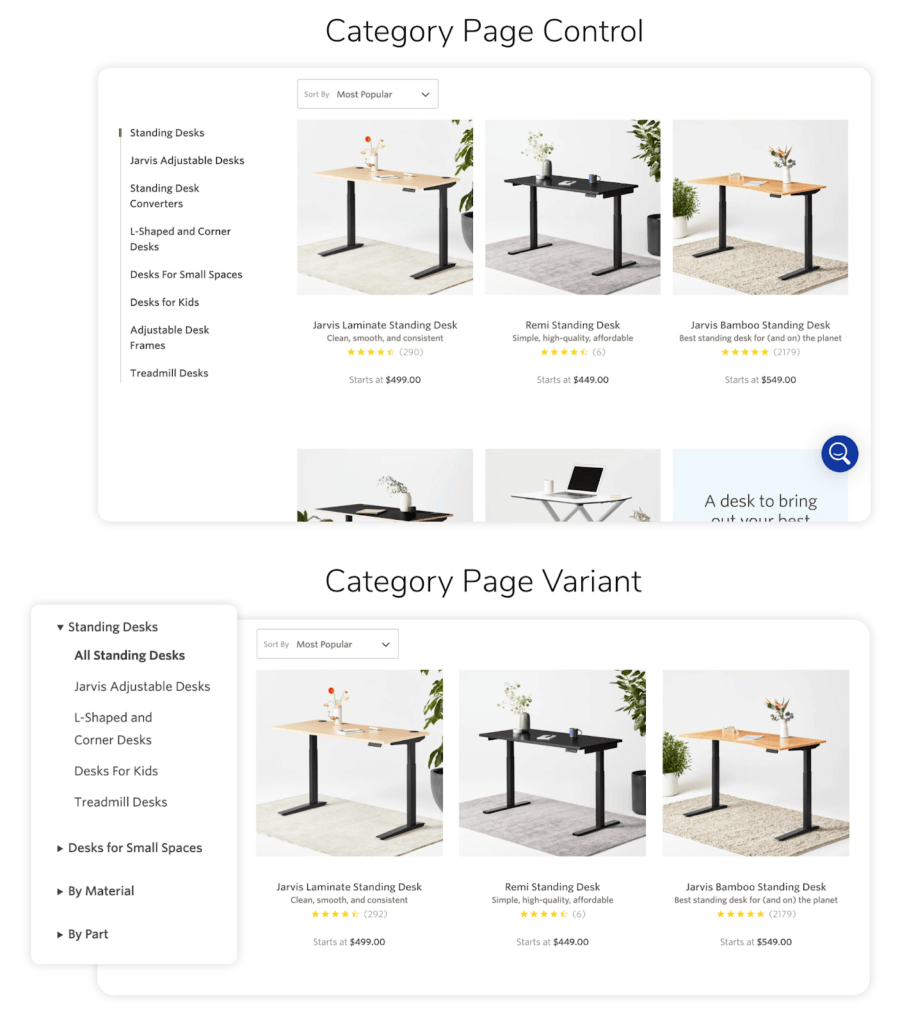
An 8-Point Checklist For Building An Effective Website Conversion Strategy
Learn why an effective conversion strategy is essential to ecommerce success and 8 things to keep top of mind as you develop one for your business.
Have you ever been in a meeting where a discussion about an effective conversion strategy disintegrated into an argument over the best tools and platforms to use?
Marketing and development teams spin off “new and improved” technology faster than any one person can possibly keep up with. That makes it easy to get confused about which tools to use in a particular situation.
I know exactly how that goes. I have often detected an unhealthy focus on tools or tactics over strategy among the marketing teams I interact with. In fact, I’m guilty of being tempted to chase after the next big breakthrough myself.
We must be careful not to become disciples of the technology meant to serve us. We too often give in to the erroneous idea that collecting the best tools and platforms means we’ve created an effective and functional strategy that leads to maximum conversions.
I’m not knocking the value of a smoothly operating A/B testing tool or an innovative platform that allows you to conduct user testing sessions in real time. I love technology and the insight it affords digital marketing managers.
Here’s the rub, though: without a sound conversion funnel, your expensive tools may be more dangerous than valuable. Your aim isn’t to spend more money on tools; it’s to use them to bring in revenue.
In this article, let’s explore some of the steps to developing an effective conversion strategy for your business. Keep this checklist on hand to make sure your team is working strategy first, tools second.
8-Point Checklist to Develop an Effective Conversion Strategy and Drive ROI
Here are eight steps you can use as a strategic cheat sheet for developing your conversion strategy. Don’t look at this as a necessarily ordered list. Rather, it is a checklist you can leverage to make sure the most critical strategic considerations are included in your plan.
1. Begin with the end in mind
You need to know where you want to go before you can find the right path to get there. None of the tactics matter until you are crystal clear about where you want to end up. Not only does destination inform direction, but it provides a built-in monitor to keep you on track.
Your conversion strategy should include an A/B testing roadmap that aligns with what you want to discover and improve. Your objectives for an A/B testing roadmap might include:
- Improving conversion rate to purchase
- Increasing average order value
- Increasing new user product engagement
If you have lofty goals for one year’s time, break that down into monthly goals so you can determine whether you’re on track. The last thing you want is to get to the end of the year and realize you missed the mark over and over again.
2. Do your research and refer to it often
Cross-industry studies show that, on average, less than half of an organization’s structured data is actively used in making decisions — and less than one percent of its unstructured data is analyzed or used at all. That is a whole lot of flying blind! Oddly enough, the root of the problem isn’t the lack of data. Rather, the dilemma results from too much data.
The more you have of something, the lower the perceived value. Give yourself a good shake. Pull the data you need, then use it rigorously to inform decisions.
When doing your research, ask yourself:
- What data is important to my goals?
- How am I measuring that data?
- What does this data tell me about my conversion rate and customers?
- How can this data fuel my decisions going forward?
3. Clearly identify your ideal customer
The better you know who you’re speaking with, the easier it is to communicate. Industry jargon, for instance, may be imperative in marketing materials aimed at a supplier but would confuse and alienate retail customers.
At The Good, we see this fundamental mistake get replayed over and over: the strategic plan defines ideal customer personas, but those detailed perspectives don’t make it into the marketing copy.
Twenty-something copywriters love to speak to twenty-something readers. That’s fine if that’s an accurate picture of the audience. But it’s not so fine if your ideal clients are fifty-something professionals who don’t share the same interests as your writers. Every part of your marketing must address the needs of your customers, not of your staff.
When identifying your target audience, don’t limit yourself to demographic details like age and location. Dig deeper to find out what makes them tick and consider things like:
- Their biggest challenges and struggles
- What gets them up in the morning
- Why they might need a product like yours
- How they spend their spare time
- Their interests
- Their goals and dreams
This will help you build up a three-dimensional image of a customer and ensure every piece of your marketing strategy and every message you send resonates with them.
Interested in learning the laws of optimization?
Opting In To Optimization is a set of principles that will help digital leaders capitalize on unprecedented market demand and build sustainable, thriving businesses.
4. Know and amplify your unique selling proposition (USP)
How are you different from your competitors? Why should someone choose you over them? Company leaders who know and hone in on the company’s USP invariably beat out companies that fail the USP test.
Even if you supply a commodity, there’s something different about you that will appeal to your ideal customers. Does your location and inventory allow you to guarantee on-time deliveries? Does your customer service team staff the phones and chat lines 24/7 and make sure everyone who comes to them leaves with a smile? Do you back your products with no-question returns and extended warranties?
Dig deep to uncover and fine-tune your USP. Then bring it up and brag about it every chance you get. See those guys with the “We’re the Best at Everything” banner? No, they aren’t. And their generic, fuzzy USP claims don’t fool (or attract) anyone.

Take Dossier, for example, whose value proposition is that it sells luxury perfumes at budget prices. Or what about Good Dye Young, which promotes inclusivity and champions vibrant self-expression in its USP.

5. Establish appropriate key performance indicators (KPIs) for an effective conversion strategy
Take a close look at the sales funnel your web traffic experiences, from the moment they find out about you to when they visit your website, browse your inventory, load up a shopping cart, and proceed to payment and checkout — and beyond. There are critical junctures along that path, and a close look will identify them. Better yet, travel the road yourself and note the points where the road forks.
Your KPIs will measure and report on what happens at the most telling of those locations.
Key metrics you need to know include:
- Click-through rates
- Average order value
- Conversion rate on each page
- Abandoned cart rate
Shrewd KPI selections beyond the basics, though, can help you test and adjust quicker and more accurately.
6. Uncover the stuck points that are getting in the way of reaching your goals and hitting KPIs
Conversion rate optimization (CRO) is largely a process of clearing rocks (sometimes boulders) from the sales path you’ve set out for your visitors. The more “stuck points” there are along the way, the more difficult it will be for prospects to become customers and for customers to become repeat customers.
It can help to create a customer journey map that illuminates the most common route customers take through your website and the desired action you want them to take at each stage. Once you’ve identified who your ideal customers are, you can map out the rest of the journey by:
- Defining the different stages of the customer journey (awareness, consideration, decision)
- Defining the steps in each stage of the journey in relation to your ideal customer (e.g. how do they usually become aware they need a product like yours? Social media? Via a search engine?)
- Identifying and implementing key touchpoints at each stage of the journey (e.g. publishing blog posts that educate your ideal customer on why they need a product like yours, adding testimonials to product pages, and including a CTA)
- Understanding and tackling customer objections (what’s stopping customers from moving from one stage of the journey to the next? How can you solve it?)
7. Build your effective conversion strategy around your biggest problems first
Determine which areas of your website are most affecting sales. Sometimes your strategy will need to focus on highly visible changes to your website design (making your site more mobile responsive, for instance), and sometimes it will require subtler adjustments that seem trite but are still bottlenecking sales.
There are several actionable ways you can discover where the sticking points are in your site:
- Heat mapping shows you where visitors click and where they spend the most time on each page
- User testing invites visitors to share feedback about the user experience
- Google Analytics shows you where visitors are dropping off
Once you have a better understanding of where the friction points are on your site, you can begin to map out areas for improvement and identify what you should prioritize.

Furniture brand Fully used heat mapping to identify how customers were using the navigation function on the site and used the results to make it easier for visitors to find what they were looking for.

8. Design a built-in testing protocol
Consistent testing tells you what’s working and what’s not working. After each test run, make necessary adjustments and test again. Did KPIs move in the right direction? Good. Try to make them even better next time. Did KPIs turn the wrong way? Great. You discovered something that won’t work. Make adjustments and try again.
Don’t look at testing (A/B tests are the most-known type, but there are more) as an add-on, occasional marketing rite. Make testing integral to your functional strategy design. Always be testing.
Start building your effective conversion strategy today
To develop an effective conversion strategy, you need to know your business inside out. You need to know who you’re targeting, what your unique selling point is, and even how your competitors do business.
Then, it’s a case of using the data you have available to make informed decisions.
There’s always the hit and hope option, but that will no doubt lead to disappointment. Instead, use cold, hard data to identify how your customers use your website, where the sticking points are, and what you can do to improve.
This information will drive your conversion strategy so you can hit the goals you’ve set for your ecommerce business (however lofty they may be!).
Ready to get started? Check out our services page for help building your conversion strategy.

About the Author
Jon MacDonald
Jon MacDonald is founder and President of The Good, a digital experience optimization firm that has achieved results for some of the largest companies including Adobe, Nike, Xerox, Verizon, Intel and more. Jon regularly contributes to publications like Entrepreneur and Inc.